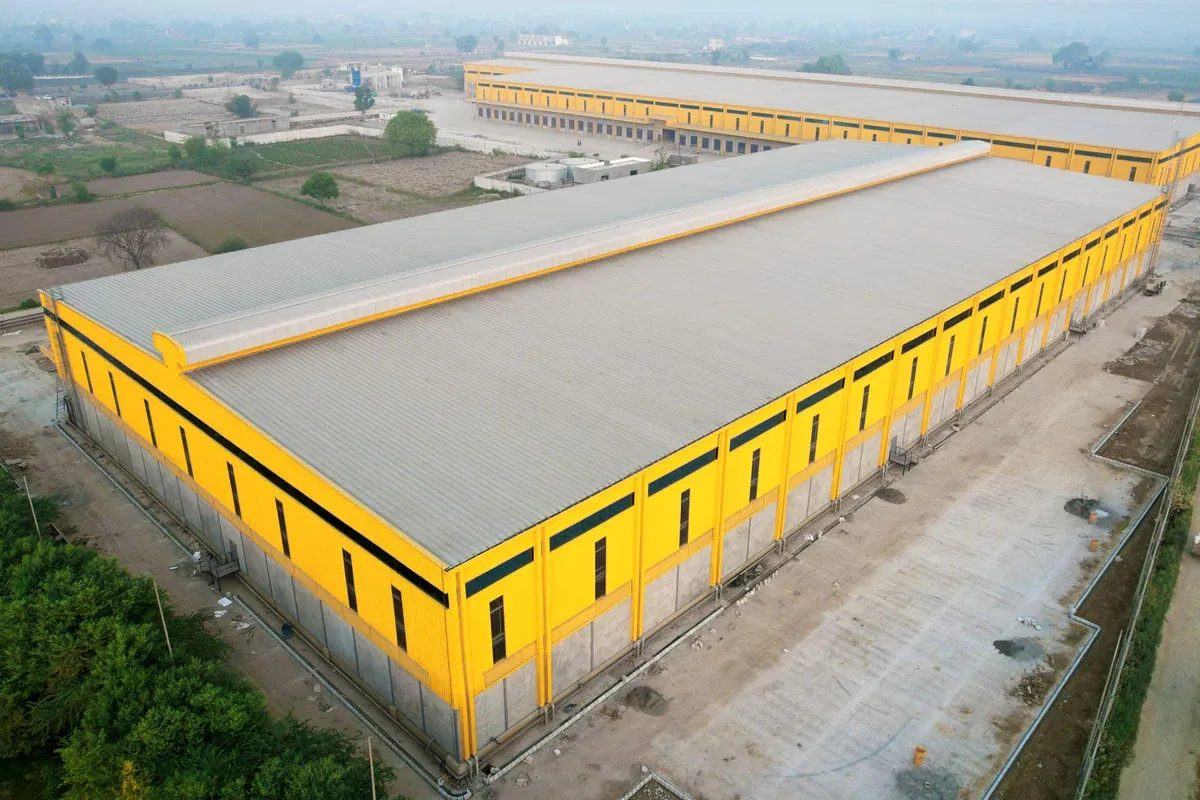- Afrikaans
- Albanian
- Amharic
- Arabic
- Armenian
- Azerbaijani
- Basque
- Belarusian
- Bengali
- Bosnian
- Bulgarian
- Catalan
- Cebuano
- Corsican
- Croatian
- Czech
- Danish
- Dutch
- English
- Esperanto
- Estonian
- Finnish
- French
- Frisian
- Galician
- Georgian
- German
- Greek
- Gujarati
- Haitian Creole
- hausa
- hawaiian
- Hebrew
- Hindi
- Miao
- Hungarian
- Icelandic
- igbo
- Indonesian
- irish
- Italian
- Japanese
- Javanese
- Kannada
- kazakh
- Khmer
- Rwandese
- Korean
- Kurdish
- Kyrgyz
- Lao
- Latin
- Latvian
- Lithuanian
- Luxembourgish
- Macedonian
- Malgashi
- Malay
- Malayalam
- Maltese
- Maori
- Marathi
- Mongolian
- Myanmar
- Nepali
- Norwegian
- Norwegian
- Occitan
- Pashto
- Persian
- Polish
- Portuguese
- Punjabi
- Romanian
- Russian
- Samoan
- Scottish Gaelic
- Serbian
- Sesotho
- Shona
- Sindhi
- Sinhala
- Slovak
- Slovenian
- Somali
- Spanish
- Sundanese
- Swahili
- Swedish
- Tagalog
- Tajik
- Tamil
- Tatar
- Telugu
- Thai
- Turkish
- Turkmen
- Ukrainian
- Urdu
- Uighur
- Uzbek
- Vietnamese
- Welsh
- Bantu
- Yiddish
- Yoruba
- Zulu
Dec . 13, 2024 05:43 Back to list
Understanding Metal Warehouse Construction Costs
As businesses expand and evolve, the need for efficient storage solutions grows. Metal warehouses have emerged as a popular choice due to their durability, speed of construction, and cost-effectiveness. However, understanding the factors influencing the construction costs of metal warehouses is crucial for any business looking to invest in this type of facility.
Initial Costs and Materials
The cost of constructing a metal warehouse primarily depends on the materials used. Steel is the predominant material, known for its strength, longevity, and resistance to various environmental challenges. The cost of steel fluctuates based on market demand, but on average, the price per ton can range significantly. Builders must account for these variable costs when budgeting.
In addition to steel, other materials such as insulation, roofing, flooring, and doors contribute to the overall expenses. High-quality insulation is vital for temperature control, especially in warehouses that store perishable goods. The choice of roofing material also impacts expenses—while metal roofing may have a higher upfront cost, it typically offers better durability and lower maintenance over time.
Design and Size Considerations
The size and design of the warehouse are significant determinants of construction costs. A larger warehouse requires more materials and labor, which directly affects expenses. Moreover, the complexity of the design plays a crucial role. A simple, rectangular design will generally be cheaper than one with multiple levels or intricate architectural features.
Additionally, specific features such as loading docks, climate control systems, electrical installations, and fire suppression systems can increase costs. It's essential for businesses to assess their specific needs and ensure that they incorporate only necessary features to avoid overspending without compromising on functionality.
Labor Costs
Labor expenses can vary widely depending on location and the complexity of the construction project. In areas with a high demand for construction workers, labor costs may be inflated. Companies may also need to consider hiring specialized contractors for specific tasks, such as electrical or plumbing work, which can further contribute to labor costs.
metal warehouse construction cost

Efficiency during construction can also impact costs. A well-organized project can significantly reduce the labor hours required, minimizing expenses. Investing in skilled labor and maintaining good project management practices can lead to better cost control and timely project completion.
Location and Site Preparation
The location of the construction site is another critical factor influencing costs. Sites that require significant preparation, such as clearing and leveling, will increase overall expenses. Additionally, local building codes and regulations may necessitate specific design modifications or additional safety measures, further driving costs up.
Transport costs for materials can also be a consideration. If a warehouse is situated far from suppliers, transportation can add to the total cost of construction. Businesses must research local suppliers and construction services to find the most efficient options.
Financing and Long-Term Considerations
Beyond the initial construction costs, businesses should also consider long-term expenses, such as maintenance, insurance, and energy efficiency. Metal warehouses tend to have lower maintenance costs than traditional structures, but it's essential to factor in potential future expenses, such as re-roofing or insulation upgrades.
Additionally, exploring financing options for warehouse construction can relieve some initial financial burdens. Many financial institutions offer tailored loans for commercial construction, enabling businesses to spread costs over time.
Conclusion
In summary, constructing a metal warehouse involves multiple cost factors, including materials, design, labor, location, and long-term financial considerations. By thoroughly understanding these aspects, businesses can make informed decisions that benefit their operational needs and budgets. Investing in a metal warehouse not only provides a robust storage solution but can also generate significant long-term savings when approached with a strategic mindset. As the demand for efficient and cost-effective storage solutions continues to rise, metal warehouses remain a compelling choice for various industries.
-
How Do Prefabricated Steel Structures Transform Modern Construction?
NewsJul.14,2025
-
How Do Prefabricated Metal Buildings Redefine Modern Construction?
NewsJul.14,2025
-
How Do Prefab Insulated Metal Buildings and Steel Structures Revolutionize Modern Construction?
NewsJul.14,2025
-
How Do Pre - Engineered Steel Structures Redefine Modern Construction?
NewsJul.14,2025
-
Advancing Modular Construction with Prefabricated Metal Structures
NewsJul.14,2025
-
Advancing Industrial Infrastructure with Prefabricated Steel Solutions
NewsJul.14,2025
Products categories
Our Latest News
We have a professional design team and an excellent production and construction team.












